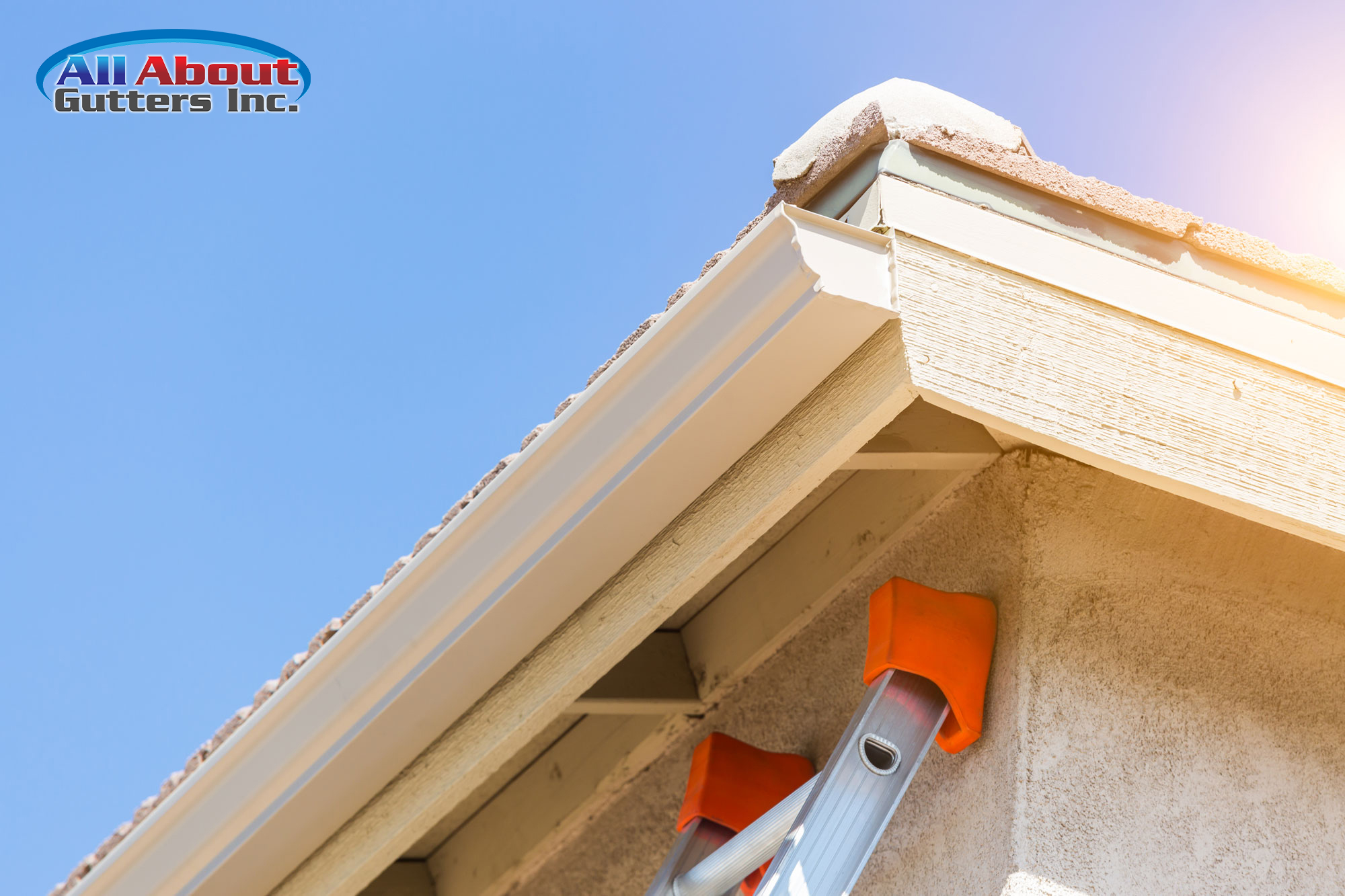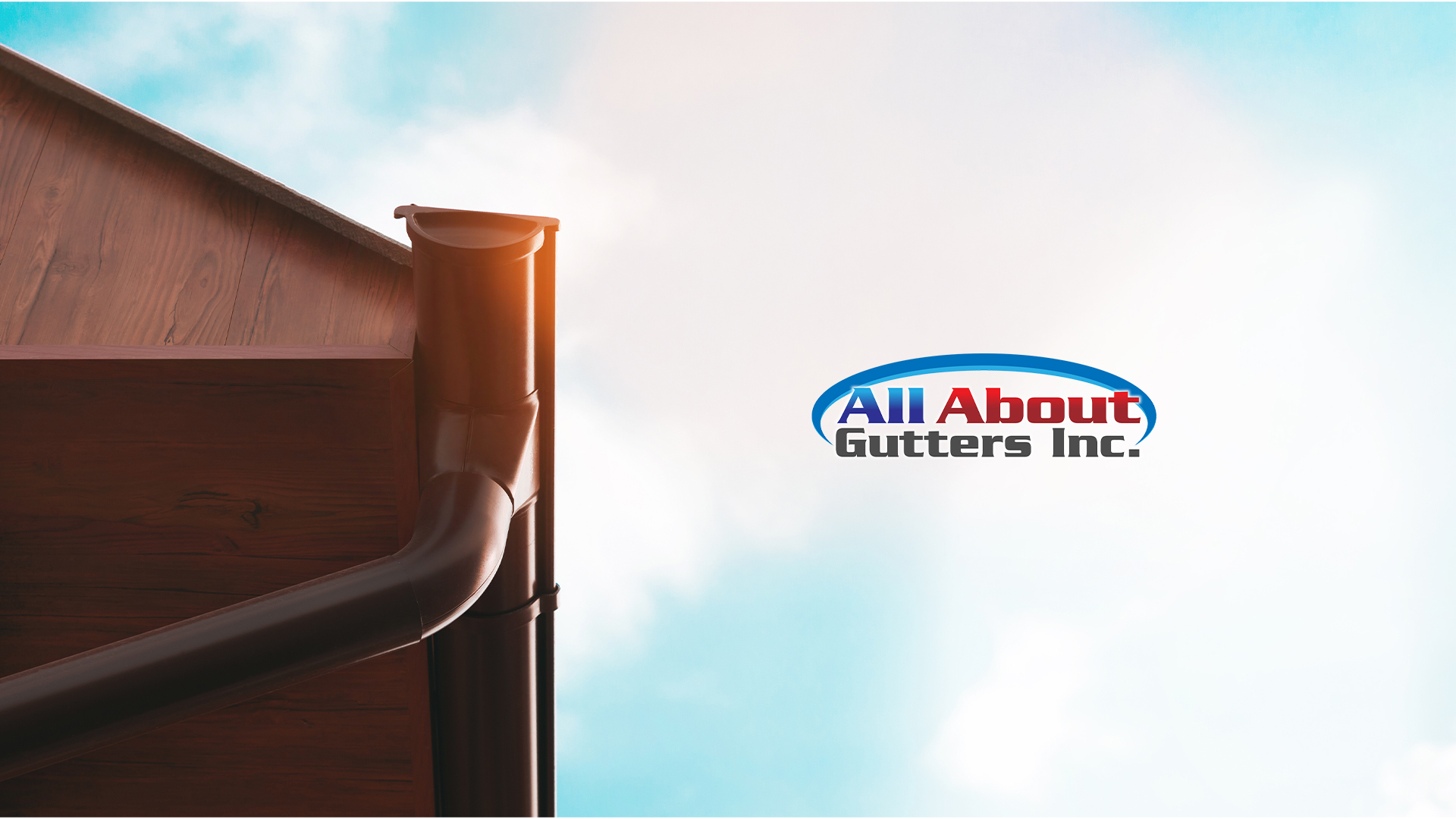How To Remove Ice From Gutters?
Ice usually forms in gutters when there is a sharp drop in temperature after rain, or after a heavy snowfall. The accumulation of ice in your gutters can cause a collapse in the system, the water will not be evacuated and the weight of snow and ice accumulated in the gutters can cause deterioration of the gutters, as well as damage to your house.
What problems does the ice cause in gutters?
Ice buildup on gutters may not seem like a problem, but it
creates clogs and overloads the system due to weight. The combination of these
factors can cause several problems:
The collapse of gutters.
Roof damage.
Humidity and leaks
Cracks and breaks in the gutters.
Water expands when it freezes, if this happens inside our
gutters it can easily break. The ice also tends to accumulate dust and other
residues, which will accumulate inside our gutters and on the facade of the
house when it melts.
The ice also blocks the flow of water that would normally
carry this debris to the downspouts. When the ice melts, the residues it has accumulated
will form a sludge at the bottom of the gutters, easily causing the downspouts
to clog.
How does ice appear on gutters?
Snow is the most common cause of the appearance of ice in
gutters, but in high mountain areas, it can also occur in the early hours of
the morning if fog is combined with low temperatures.
If there is a snowfall and the snow accumulates on our roof,
it will melt little by little because the interior of the houses is usually
heated. The melting snow, if it is not drained correctly, will produce the
appearance of a thick layer of ice that can not only cause damage to the roof
or the gutters. There can be detachments of ice sheets that are very dangerous
for people.
How can I remove ice from my
gutters?
The most recommended way to do this is with a roof rake
specially designed for this purpose. It consists of a rake with a rubber end
and an extendable pole. It is easier to use if the snow has not yet turned to
ice. In any case, it is advisable to always use it with caution and work in
areas. It is advisable to start on the north face of the house since it is the
one that receives the least amount of sunshine and therefore the one that will
accumulate the most ice.
If the amount of snow or ice is not very high, we can remove
it with the hose; but take care that the temperature is not below zero, since
otherwise we only worsen the problem. Also, if the snow cover is very thick on
the roof, soaking it with the hose only encourages more ice to form. This
method is not the most recommended, it should only be used for small
accumulations of snow, and otherwise, the temperature contrast can cause damage
to the roof or gutters.




Comments
Post a Comment